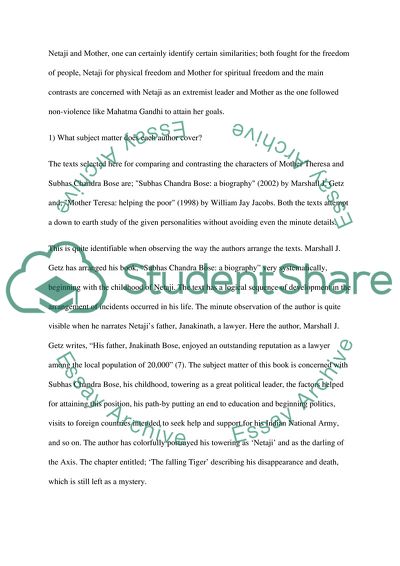Cite this document
(“Comparison of Two Books Relevance to South Asian History Research Paper - 1”, n.d.)
Comparison of Two Books Relevance to South Asian History Research Paper - 1. Retrieved from https://studentshare.org/history/1750945-compartive-review-of-two-books-relevance-to-south-asian-history
Comparison of Two Books Relevance to South Asian History Research Paper - 1. Retrieved from https://studentshare.org/history/1750945-compartive-review-of-two-books-relevance-to-south-asian-history
(Comparison of Two Books Relevance to South Asian History Research Paper - 1)
Comparison of Two Books Relevance to South Asian History Research Paper - 1. https://studentshare.org/history/1750945-compartive-review-of-two-books-relevance-to-south-asian-history.
Comparison of Two Books Relevance to South Asian History Research Paper - 1. https://studentshare.org/history/1750945-compartive-review-of-two-books-relevance-to-south-asian-history.
“Comparison of Two Books Relevance to South Asian History Research Paper - 1”, n.d. https://studentshare.org/history/1750945-compartive-review-of-two-books-relevance-to-south-asian-history.


